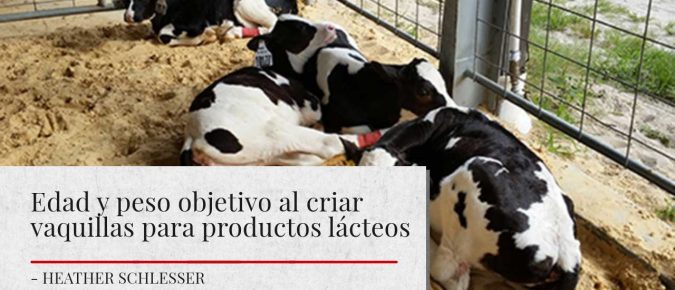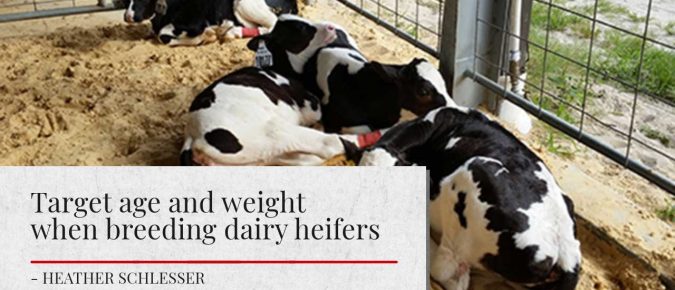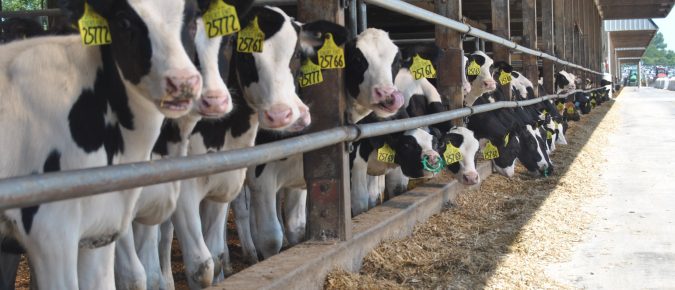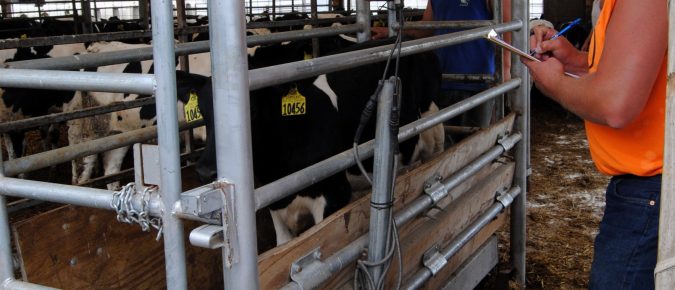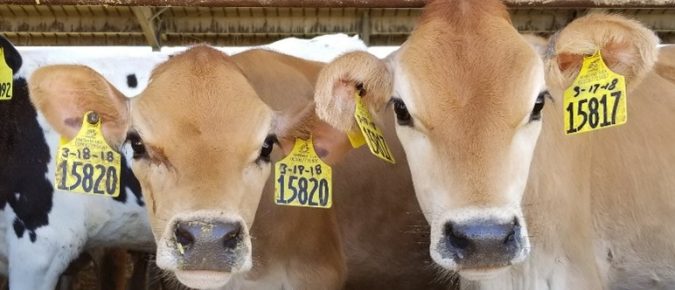La cría de vaquillas es una de las áreas más costosas de la granja. Desde el día en que estos animales tocan el suelo hasta que paren, son una carga monetaria para la granja. Por lo tanto, hacer que estos animales parieran de la manera más eficiente posible tiene sentido.
Raising heifers is one of the most cost-intensive areas of the farm. From the day these animals hit the ground until they calve, they are a monetary burden on the farm. Therefore, getting these animals to calving as efficiently as possible makes sense.
Heifers represent the future of the dairy operation, bringing genetic progress to the milking herd. Raising heifers is costly and improving efficiencies in raising them can have a financial impact on the overall profitability of the dairy business.
With the cost to raise a dairy replacement being more than to purchase one, farmers must be diligent in raising a dairy replacement to enter the milking string at the optimal time and weight to reduce rearing costs and increase productivity. Numerous studies recommend the optimal age at first calving (AFC) is 24 months of age. Any delay past 24 months will add an additional $2.50, or more, a day to the cost of raising replacements as well as require more heifers to meet the herd replacement needs.
Raising replacement heifers is a large investment for farmers to create the next generation for their herd. The cost of raising a replacement heifer on average is $2,500 with feed accounting for approximately 50% of the total rearing cost.1,2 The average age at first calving (AFC) has been decreasing in the United States because farmers […]

